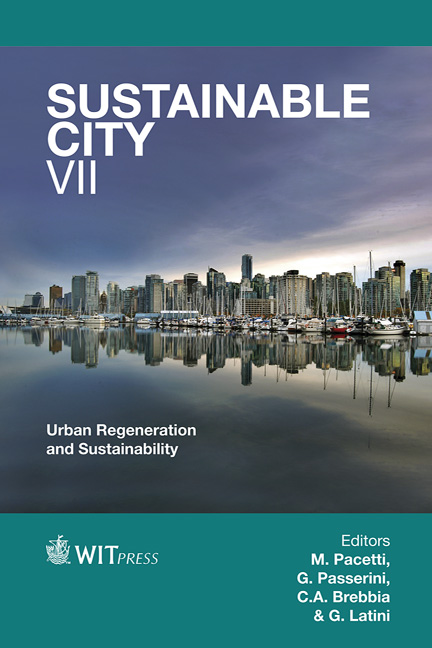Photocatalytic Splitting Of Seawater For Hydrogen Energy
Price
Free (open access)
Transaction
Volume
155
Pages
8
Page Range
711 - 718
Published
2012
Size
583 kb
Paper DOI
10.2495/SC120602
Copyright
WIT Press
Author(s)
A. J. Simamora, F. C. Chang & H. P. Wang
Abstract
Photocatalytic splitting of seawater with oxalic acid as sacrificial reagents on CuO/TNT and nanosize TiO2 have been studied. A better H2 yield (1.26 μmol/g cat.) from photocatalytic splitting of seawater on CuO/TNT is obtained. An economic consideration for electrical power generation with a H2-internal combustor fueled with H2 yielded from photocatalytic splitting of seawater has also been studied. The years of return for the small scale solar-derived power generation system are 3.5. Keywords: nanosize TiO2, H2, seawater. 1 Introduction Fossil fuels which have been the main energy source have had negative impacts on human health and the environment. Air pollution or global warming has been caused mainly by the combustion of fossil fuels. However, fossil energy is fast depleting. Renewable energy is becoming one of the better alternatives. Since Honda and Fujishima demonstrated electrochemical photolysis of water for generation of H2 in 1972 [1], photocatalytic splitting of water has become one of the active energy research topics. Many efforts have been devoted to enhance activity of splitting of water by promotion with noble metals [2, 3], modification by metal doping [4–6], or adding electron donors on TiO2 [7, 8]. Generally, the enhancement of photocatalytic activity may be obtained on high surface area
Keywords
nanosize TiO2, H2, seawater.





